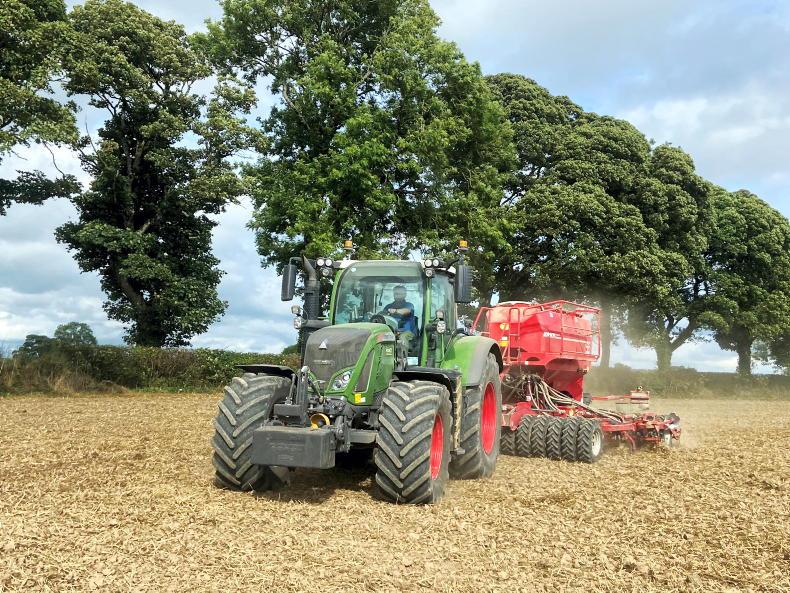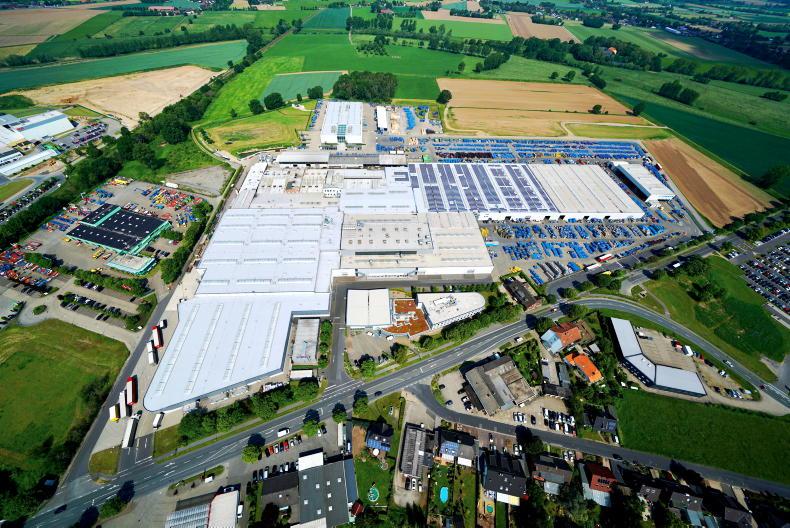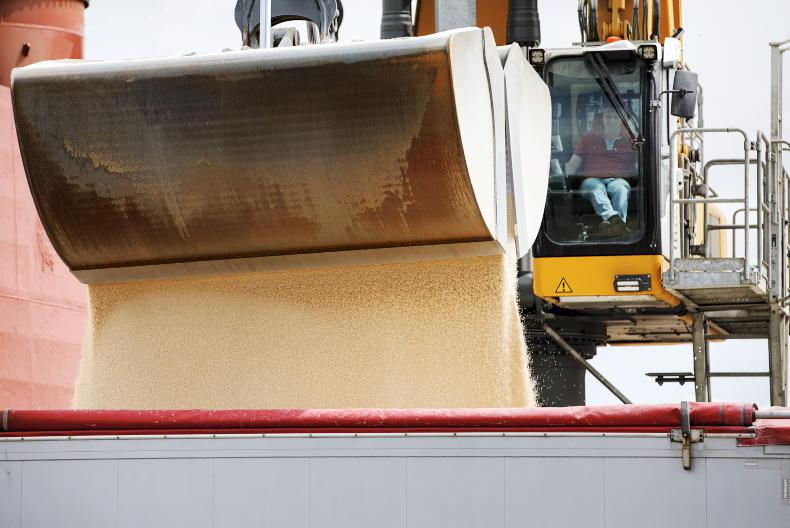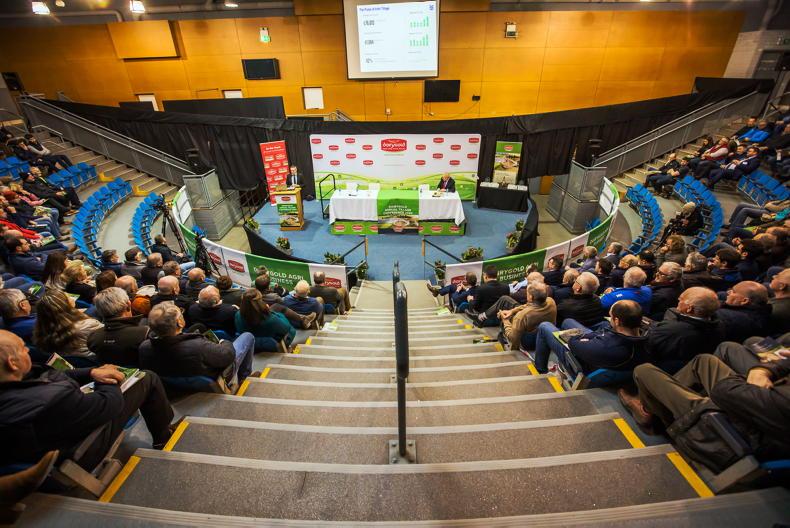What a beautiful September we have had. Sunny and warm with the soil in superb condition for sowing, it’s the stuff of dreams. I love good September weather as we slip gently into autumn with early morning mists, the grass fields festooned with the intricate gossamer webs of the migrating money spiders while the trees transition from the verdant colours of summer to the golds of autumn.
There’s also something pleasant about the evenings drawing in and the aroma of wood smoke in the air. It’s been a very busy two months and the frenetic work is over. There’s still plenty to do but the pace is slower.
We should see some lovely colours later on in October, typical after a warm summer. It’s a good year for berries as well, with the abundant reds of hawthorn and the oranges of rosehips. Most of our hedgerows are cut low but we do have some high hedges which are laden with the fruits of autumn.
Digressing for a moment, recently I heard Derek Mooney pose the question on RTÉ Radio: “Why do farmers cut their hedges?”
Well, I cut them because they are tidier looking and it’s not long before the briars take over. Equally, crops don’t like shade. It’s not a crime. Yet.
“You wouldn’t be able to stay out of the fields, the weather’s so nice,” said my neighbour Denis to me. He was right, I couldn’t.
Risks
The risks associated with the early autumn sowing of cereals are well documented and I don’t intend to write a thesis on the subject here. Suffice it to say that early sowing greatly increases the risk of fungal disease, grassweeds and aphid-borne viral disease. And there is no doubt in my mind that mid-October is very much the optimum time to sow wheat and generally leads to higher yields and lower costs.
All of which is fine if you use a plough-based system, which we don’t. Min-till (and no till) belong to the dry soils of a good September and it’s certainly a case of making hay while the sun shines.
Despite the risks, you couldn’t let such an opportunity pass. I could end up pulling out the plough and I wouldn’t like that. With that said, we will be ploughing some.
But back to the aphids and my dilemma. I have largely ceased using insecticides but a warm autumn and early sowing increases the need for control so I shall have to see how it unfolds. The insecticidal seed treatment Redigo Deter was withdrawn a couple of years ago.
Certainly I won’t be rushing in with the sprayer and it is my intention not to spray. Beneficial aphid predators like the carabid beetle increase when you cease spraying. But it takes time for this to evolve.
We had four different types of break crops on the farm this harvest, which means half of our total tillage area will be sown with winter wheat, principally the varieties Graham and Costello, much of which is already sown.
We have just 45ac of winter barley sown, which is enough as I don’t really like it. It’s the six-row hybrid variety Belfry which, in my experience, is typically poor quality but its vigour on our wet and heavy soils is particularly useful. It also suppresses weeds and volunteer cereals.
Luck of the dog
And finally, I’ve more good news to report. Both Jack Russells, Pippa and Billy, have miraculously survived another harvest period. Between taking short cuts under the moving JCB loader and chasing each other between trailer axles, I don’t how they do it. But like me and early sowing, someday they’ll push their luck too far.









SHARING OPTIONS